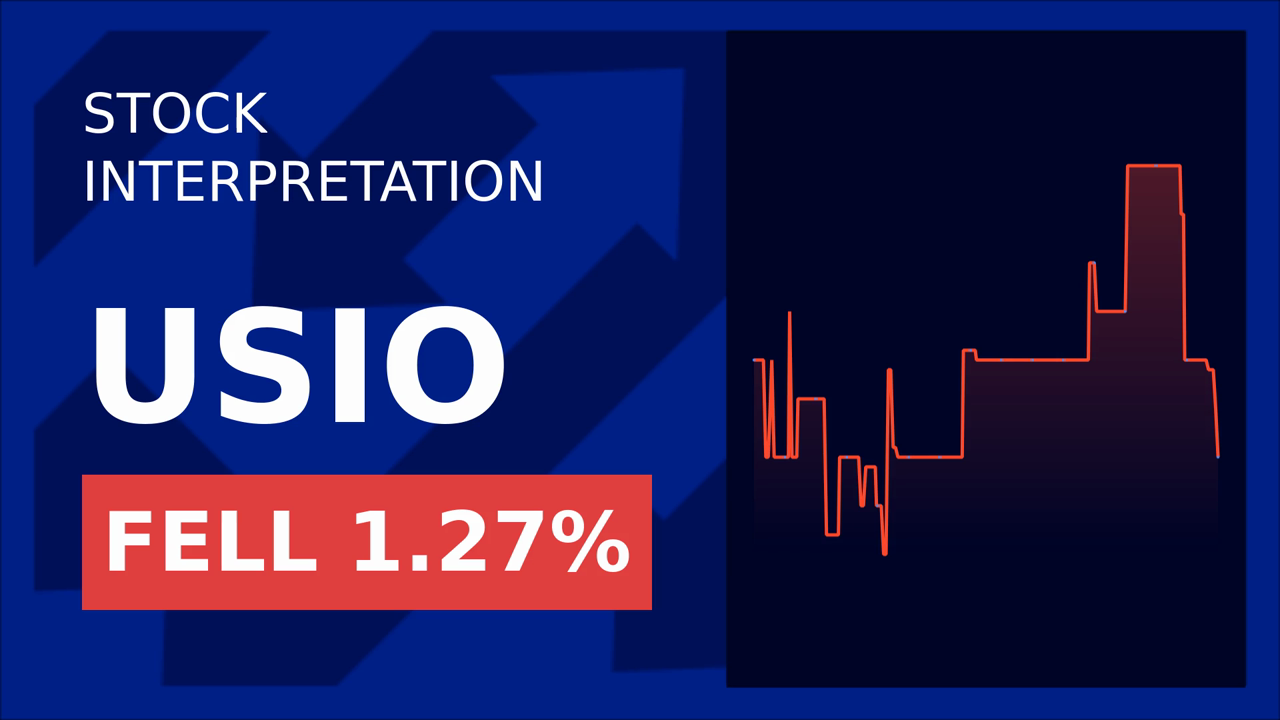Unilever Shares Slide 5.38% Despite Record Revenue as Profit Declines
Unilever's recent financial disclosures have triggered notable reactions in the market. On February 13, the company reported its 2024 financial results. The data revealed a record-high revenue of 60.76 billion euros, marking a 1.9% year-over-year increase. Despite this growth, the company's operating profit fell by 3.7% to 9.4 billion euros, a decline not seen in four years, leading to a 5.38% drop in its stock price on the same day.
The revenue growth was achieved through various strategic measures, such as workforce reductions, factory shutdowns, and the divestment of non-core businesses. CEO Hein Schumacher highlighted the company's shift towards concentrating on key areas with high growth potential. Despite challenges in the personal care segment, which saw a revenue decline of 1.5%, the beauty and wellbeing sector grew by 5.5%, underlining Unilever's strategic focus on more lucrative areas.
On a regional level, the Asia-Pacific region remains Unilever's largest market, though it experienced a 0.9% decrease in revenue. Conversely, revenue in Europe and the Americas increased by 3.7% and 4.5%, respectively. Challenges in the Chinese market, particularly in sales, prompted Unilever to recalibrate its market approach in hopes of reversing this trend.
In response to these varied performances, Unilever is accelerating the premiumization of its product portfolio and moving forward with plans to spin off its ice cream business, aiming to enlist it on stock exchanges in Amsterdam, London, and New York. The company anticipates this will enhance supply chain efficiency while reducing operational costs.
Unilever's 'slimming down and bulking up' strategy is evident in its active acquisitions and disposals. Recent moves include the planned acquisition of personal care brand Wild, aligning with Unilever’s sustainability goals and potentially injecting fresh growth momentum.
Looking ahead, analysts suggest that Unilever's streamlined focus on high-value brands and business optimization could lead to improved financial outcomes in the medium to long term. This strategy may confer competitive advantages, especially in an ever-evolving global economic landscape.










